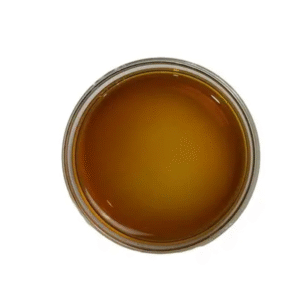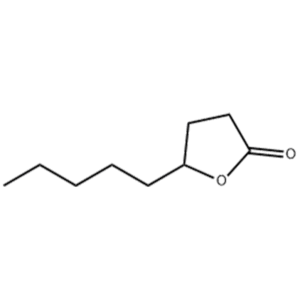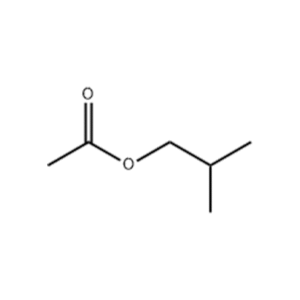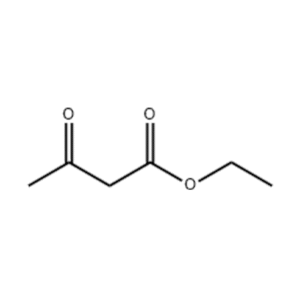Alias: Caramel, Burnt sugar,Food Brown 3
1. Product Property
Caramel color is a dark brown to black liquid or powder produced by controlled heat treatment of carbohydrates. It is water-soluble and stable under various pH conditions (2-10). The product exhibits excellent light and heat resistance, with viscosity varying by class (I-IV). As a natural colorant, it provides hues from light yellow to deep black depending on manufacturing process and classification. Its colloidal nature gives good suspension properties in liquid applications.
2. Quality Standards
| Parameter | Specification (Food Grade) |
| Color Intensity (0.1% sol.) | 0.01-0.20 absorbance units |
| pH (10% solution) | 2.5-6.5 (varies by class) |
| Viscosity (cP) | 1-15,000 (class dependent) |
| Sulfated Ash (%) ≤ | 5.0 |
| Heavy Metals (Pb) ppm ≤ | 10 |
| Arsenic (As) ppm ≤ | 3 |
| 4-MEI (ppm) ≤ | 250 (Class III/IV) |
| Mercury (Hg) ppm ≤ | 1 |
| Total Nitrogen (%) ≤ | 3.5 (Class III only) |
3. Application Scope and Usage
Caramel color is widely used in soy sauce, vinegar, cooking wine, sauce and brine, pickled products, baked foods, candies, medicines, carbonated and non-carbonated beverages, etc., and can effectively improve product quality. It is suitable for use in soy sauce, vinegar, cooking wine, braised and pickled products. Dosage: 2-5% addition.
4. Package and Storage
Liquid caramel is packaged in 20-1000L polyethylene drums or bulk tankers, while powder forms use 25kg multi-layer bags with moisture barriers. Storage requires cool conditions (15-25°C) away from direct sunlight. Liquid products should be protected from freezing. Shelf life is 12-24 months for liquids (depending on preservatives) and 36 months for powders when properly sealed. Containers must be kept tightly closed to prevent moisture absorption (powders) or microbial contamination (liquids). No special transportation requirements apply for most commercial forms.






